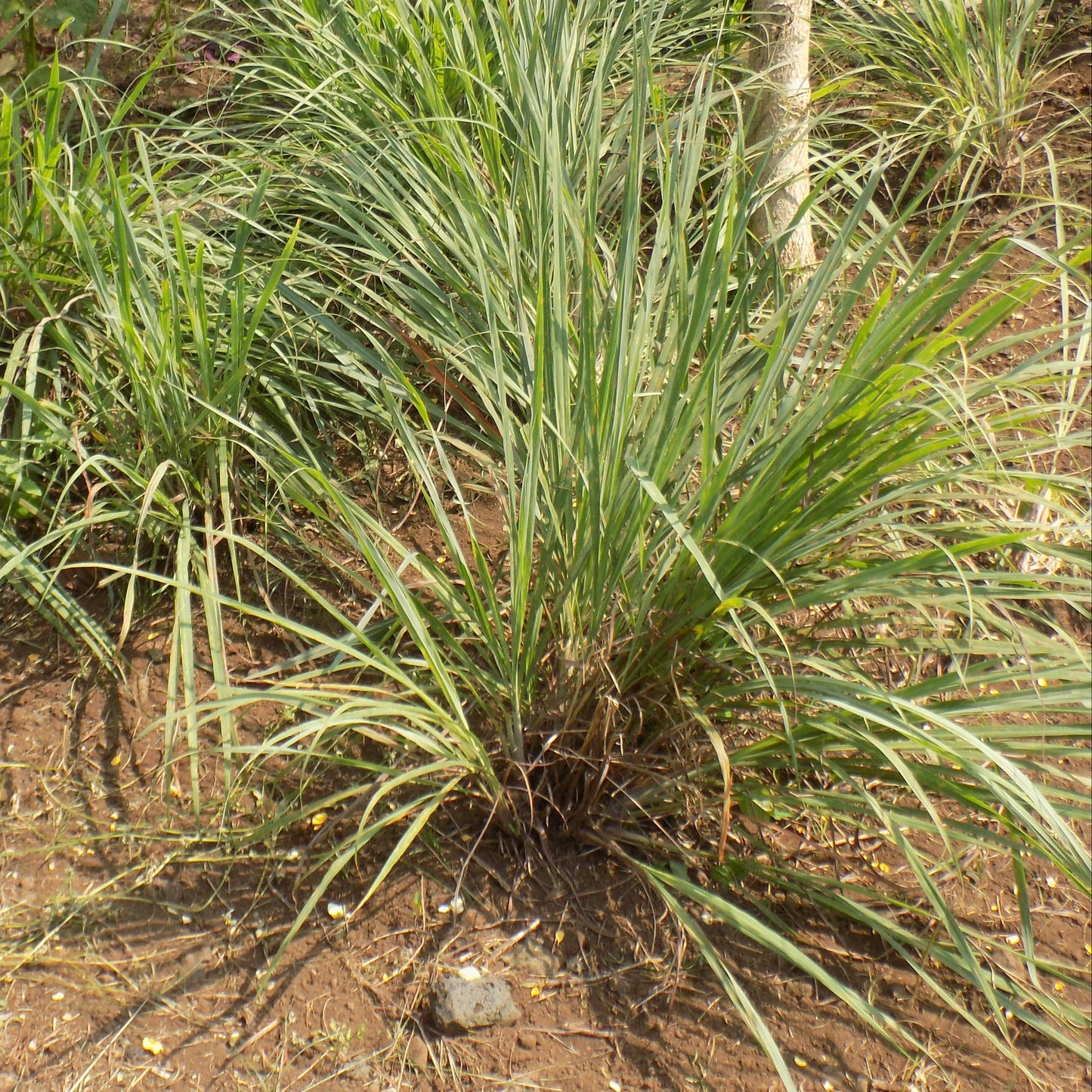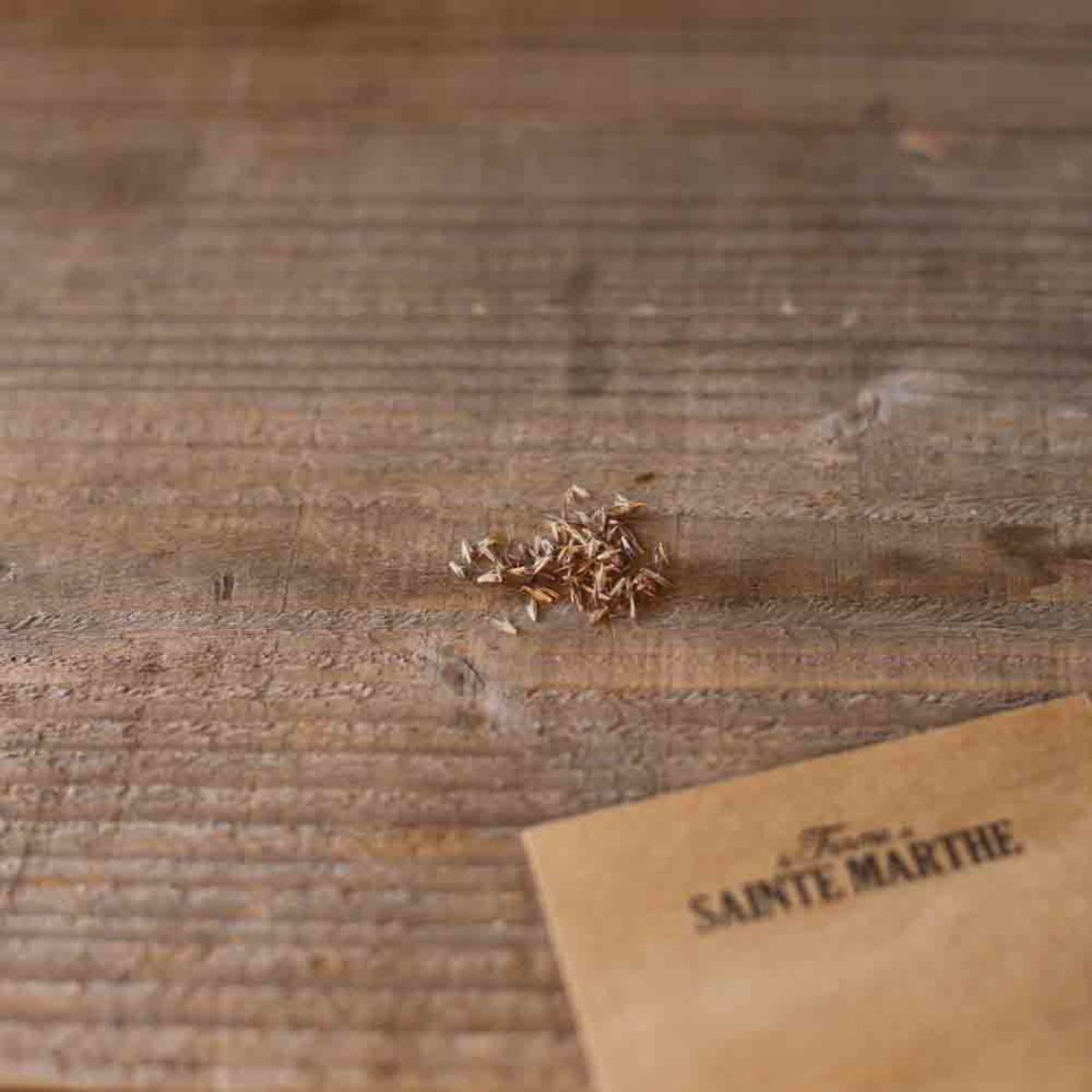LEMONGRASS OR INDIAN VERBENA NT
Cymbopogon citratus
Lemongrass , also known as Indian verbena , is a remarkably lemony annual plant . Native to Southeast Asia , it is a staple of Asian cuisine and can also be used in herbal teas .
The fleshy base, yellowish-white in color, is used fresh in cooking to flavor shellfish , sauces , etc.
The leaves can be used in infusion for their refreshing and digestive properties.
- In the vegetable garden , lemongrass will coexist very well with tomato plants, melons , peppers , etc.
- Near the house, it will keep away mosquitoes or leaf miners ( Liriomyza spp. ).
The foliage is grey-green , narrow, linear, ribbon-like with a strongly marked central vein, a very sharp tapered edge, and gives off a strong lemon scent. The flowers are yellow . The plant can reach 0.40 to 1 m in height.
Sowing lemongrass
Sow in a warm greenhouse from January to March at a temperature of 20-25°C with very little potting soil. The seeds germinate in 20 to 40 days . Keep the substrate moist .
Soil and planting
Then plant in well-drained, slightly enriched soil .
Exposure
Full sun .
It should be noted that in the south , lemongrass can be grown directly in the ground , but it should be brought into a cold greenhouse for the winter (around 7°C ).
It is also possible to grow it in a pot on a balcony by adding natural fertilizers and watering generously, without letting water stagnate at the bottom of the pot.











